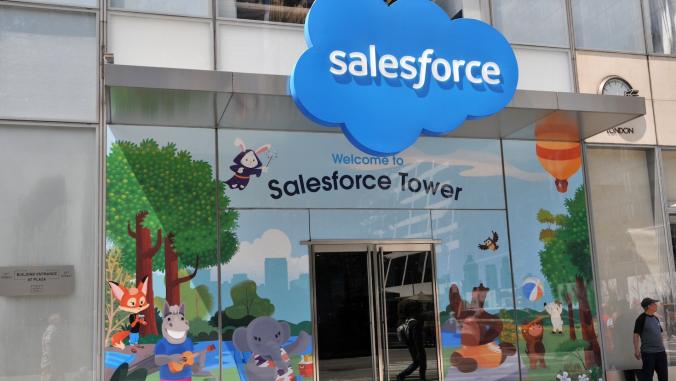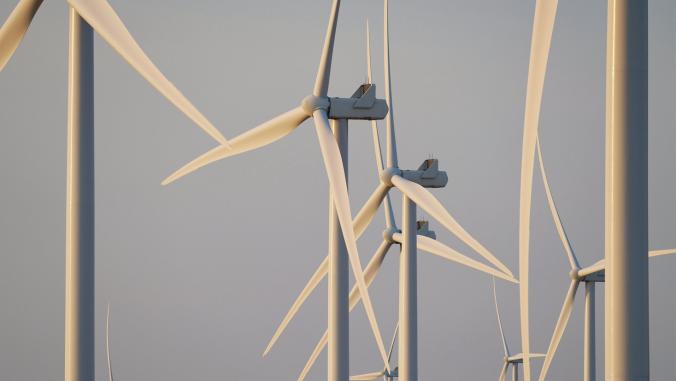How AB InBev brews water, waste and energy savings
<p>World's biggest brewer cuts water use by 18.6 percent across 130 facilities and boosts recycling rate to 99.2 percent.</p>

Image by nan palmero via Compfight cc.
The world's biggest beer brewer, Anheuser-Busch InBev, has met its three-year environmental goals for water, energy and waste, in large part because of dedicated process controls and technology that allows almost real-time insight into these metrics across 95 percent of its global operations.
Its water milestone is one of the most impressive: Since its 2009 baseline, the beverage company has slashed consumption by approximately 18.6 percent.
Put another way, it has saved about enough water to produce 25 billion cans of AB InBev beverages, approximately 20 percent of its annual production. That works out to about 3.5 hectoliters of water for every hectoliter of production.
Belgian-based AB InBev also made substantial progress on saving energy during the past three years, cutting its power needs by about 12 percent per hectoliter of production worldwide, more than its original 10 percent target. This helped it reduce carbon emissions by about 15.7 percent.
What's more, the company improved its recycling rate for solid waste and byproducts to 99.2 percent, slightly more than its original goal of 99 percent. It has even managed to create new revenue of about $420 million by finding a marketable use for many of these materials.
For example, spent yeast and grain in Central Europe, Latin America North and China are dried and sold to dairy and cattle farmers for animal feed, while excess solid can, cardboard and glass byproducts are sold as raw materials to the highest bidder, according to Hugh Share, AB InBev's senior global director of Beer & Better World initiatives.
"We don't like to use the word 'waste' at all in our operations," Share said.
Staying on track
One major factor that was instrumental in helping AB InBev meet its goals was the decision to treat sustainability measures on a level playing field with other operational metrics — quality, safety and maintenance — when rolling out its Voyager Plant Optimization, or VPO, system over the past several years.
"By working to make our operations both more efficient and more sustainable, we have returned value to our business and to the communities in which we live and work, while uncovering new ways to achieve our Better World dream," said AB InBev CEO Carlos Brito.
For its 2012 fiscal year, AB InBev recently reported a 7.2 percent increase in revenue, generating about $39.8 billion. Its normalized attributable profit was about $7.2 billion.
Using VPO, managers can track performance in near real time and make adjustments as necessary. The system was designed specifically for AB InBev. It currently tracks more than 700 operating practices. In Canada, for instance, operators are trained to take responsibility for certain key performance metrics and empowered to act on them accordingly.
"Plants have access to these ideas and can use the ones that make sense for them," Share said.
That's an important distinction, because depending on where they are located, parts of the company's operations might approach the same goals differently based on how efficient they were in the first place.
Consider the water consumption metric. Breweries in the U.S. reduced usage by about 17.5 percent during the past three years, saving about 10.2 billion liters. The Carterville brewery in Georgia boasts the most-efficient water production processes in the entire company, using just 2.8 hectoliters of water per hectoliter of production.
In China, the reduction in absolute terms was the largest, in part because it came from a different starting point. Operations across that zone reduced water consumption by 38.4 percent, while also reducing power usage by 30 percent. An alliance with GE's energy services division is pilot testing technology that will wring even more energy and water savings.
Aggressive technology pilots
Emerging technology is also playing a role in the company's Leuven brewery in Belgium. Heat from electricity production is being used to create steam for the brewing process, reducing fuel consumption by 10 percent. In Jupille, new state-of-the-art bottle washers use 15 percent less energy and 20 percent less water.
At the Sur plant in Argentina, its largest soft drink plant in the region, AB InBev is pioneering advanced technology that uses permeable membranes for treating effluent, allowing the company to reuse some of that treated wastewater for cleaning and other nonproduct uses.
And in Russia and Ukraine, the brewer has invested $50 million in biotreatment systems that generate biogas from the byproducts of the plant operations, further reducing conventional fuel needs.
AB InBev has not set new three-year global environmental goals yet; it plans to do so after a review of this year's results and consultation with the company's stakeholders.
Image by nan palmero via Compfight cc.





